‘We Are the Most Authentic’: McLaren’s New CEO Talks Supercars and Credibility During SoCal Grand Opening

On June 21, McLaren Automotive further strengthened its already impressive foothold in North America with the premiere of a new flagship location for the McLaren Newport Beach dealership, this time in Irvine, Calif. To commemorate the grand opening of the 6,000-square-foot combination showroom and event space, Michael Leiters, the marque’s new global CEO, and Nicolas Brown, president of McLaren for the Americas, were on hand and in a celebratory mood.
The fact that the two top executives were present is not surprising, as McLaren Newport Beach’s dealer principal, Pietro Figerio, has been selling the automaker’s models since the McLaren MP4 12C in 2011. And his team also helps customers interested in motorsport competition as well. This comprehensive approach has contributed making the region one of the most important to McLaren. According to Brown, the U.S. market accounts for 44 percent of total sales, and that “Southern California is the largest market in the U.S., followed closely by Southern Florida.”
More from Robb Report
Watch F1 Star Lando Norris Show Off His New Custom McLaren 765LT Spider
McLaren's New 750S Is One of Its Lightest and Most Powerful Supercars Yet
Car of the Week: This Iridescent Purple 2021 McLaren Elva Has No Need for Your Windshield
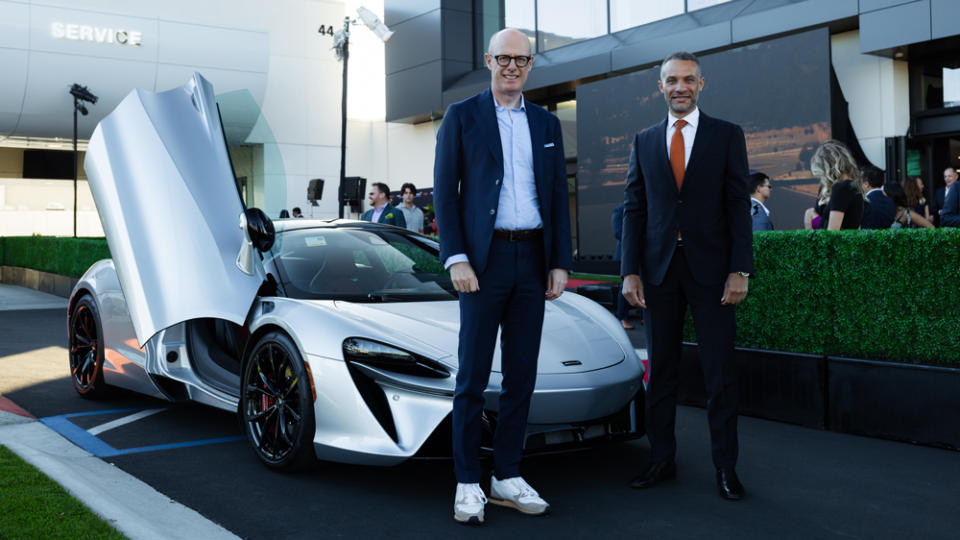
SoCal has long been the epicenter of car culture, and the enclave on 44 Auto Center Drive gives McLaren’s local clientele a new clubhouse. “The driving element is really the red thread that connects our owners,” says Brown. “The typical McLaren owner is driving 7,500 miles per year, so it’s a real driver’s car. And among our customers, a significant portion love getting out on the track and love the community.”
Prior to the arrival of 250 invited members of that niche community, we spoke at length with Leiters, the 50-year-old engineer who left his position as chief technical officer for Ferrari to become McLaren’s captain.
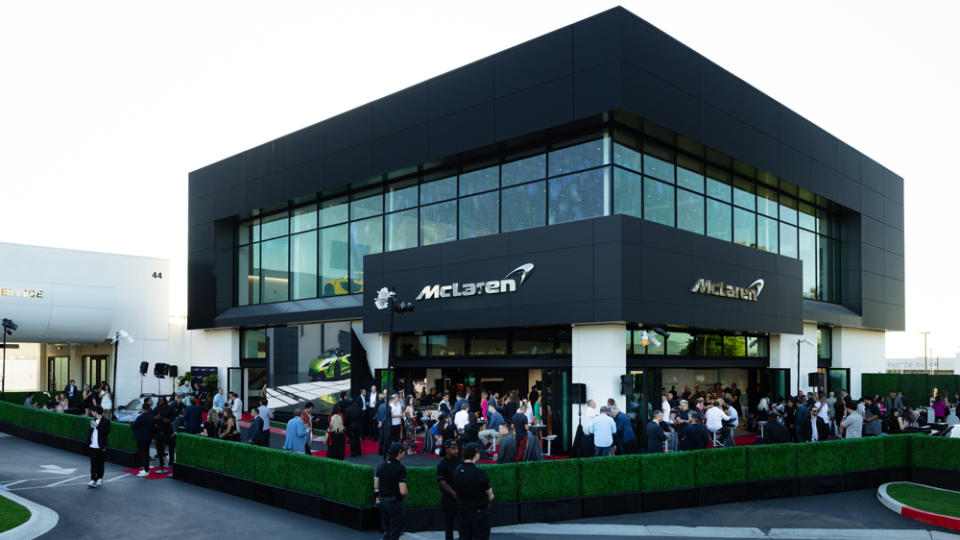
When did you know that your career path would be driven by cars?
As a kid. I would draw cars all day and my actual dream was to get into design, but I wasn’t good enough, so I decided to study mechanical engineering. When I started, the automotive industry in Germany was going badly, in 1996, so I was not sure if it was the right path, but in the end, I went with Fraunhofer for applied research and we did a lot of technology consultancy. And then I worked for about 20 companies in four years, and one of them was Porsche.
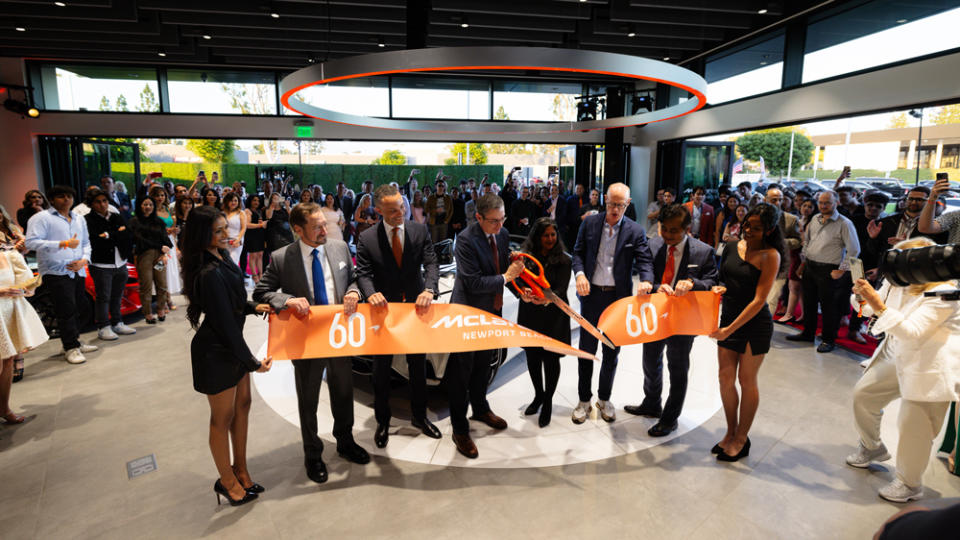
With your engineering focus, what has the transition to CEO of McLaren Automotive been like?
I have to say that when I was with Ferrari, I was the CTO [chief technical officer] but was responsible for a lot of the operational stuff—production planning, purchasing, and so on. So from an operational level, I feel quite prepared. But then I have to think about marketing and sales, and I was always interested in that, but this is where I have to rely more on my team.
McLaren Automotive has just made some important fiscal moves, can you elaborate?
McLaren is in a special moment, and has a big opportunity. We just announced that we are restructuring our capital structure, buying back SPSs [Senior Preferred Shares] from Ares [global investment firm Ares Management] and PIF [Saudi Arabia’s Public Investment Fund] bought by Mumtalakat [the sovereign wealth fund of Bahrain]. So we want to really reorganize our capitalization and governance, which is really important for our future.
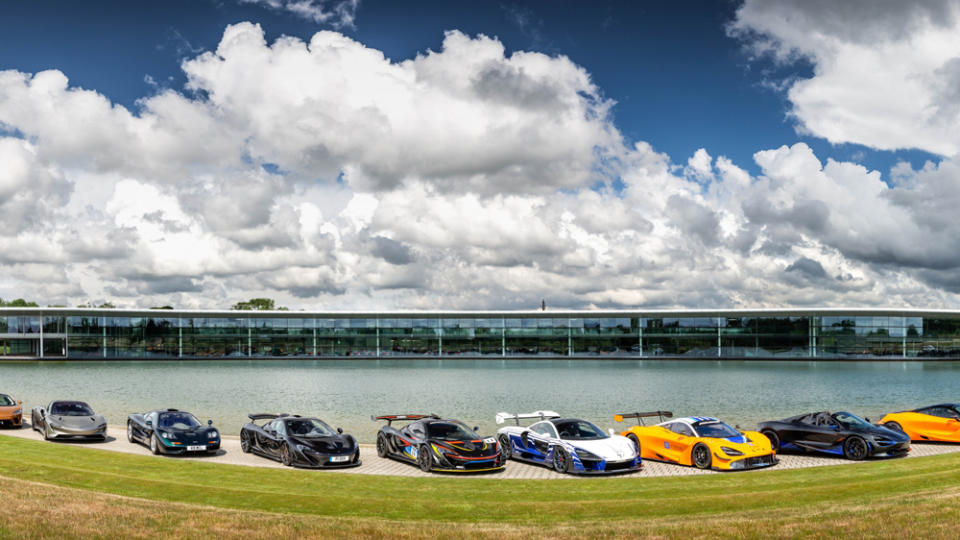
As you are fairly new to the marque, what have you observed to be its ethos?
Our North Star is that we want to delight. To delight the customer through technologies, delight through exhilaration. “Delight” also has the word “light” in it, and this is our DNA. If you look at the products we have, the Artura and 750S, this is the core of our brand. But the experience part is getting more and more important. You can’t just sell a product with technical attributes, it has to be an experience from the beginning to the end . . . to create a belonging to the brand. I think this is very important for us because we are not arrogant. Obviously we are exclusive because our products are very exclusive, but we are also inclusive. We don’t exclude anybody from our brand and you don’t have to already have 10 cars to buy a special car.
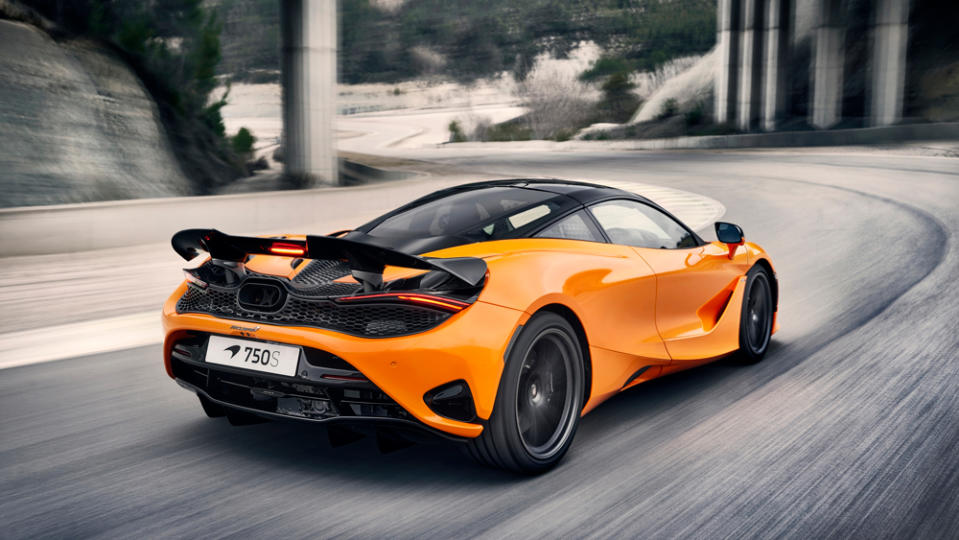
How would you describe McLaren’s current position in the luxury and high-performance market, and what is your vision for it?
I think we are the most authentic supercar manufacturer. We really have racing DNA in our cars. Today, from a marketing point of view, I think we can underpin that better. We want to better distinguish the purpose and positioning of our cars. And we want to create a new design language. We have hired a new head of design who worked for Bentley and Aston Martin. Underneath the design, we want to have more distinguished technologies.
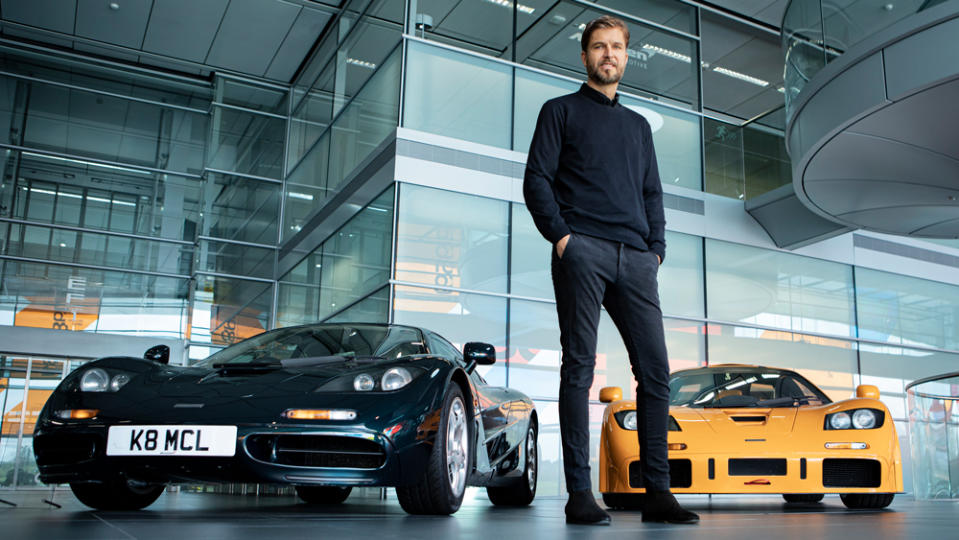
Despite their different power-train approaches, how do both the Artura and 750S reflect McLaren’s road ahead.
Obviously, there’s a big difference between hybrid and ICE [internal-combustion engine], but I don’t think one is more or less modern than the other. The 720S is a benchmark still after six years, so what we did here [with the 750S] was to be very careful about what we wanted to change and the tweaks we wanted to make to improve the product, and there is so much technology on it; on the suspension, on the steering . . . this car is still outstanding. And then we have the Artura; it’s the first time we have a different engine—V-6 versus V-8—and hybrid versus non-hybrid. It’s the incorporation of many innovations, and some have been very challenging for us, especially the software and electronic architecture. But this is future proof now, and will bring us into the next decade.
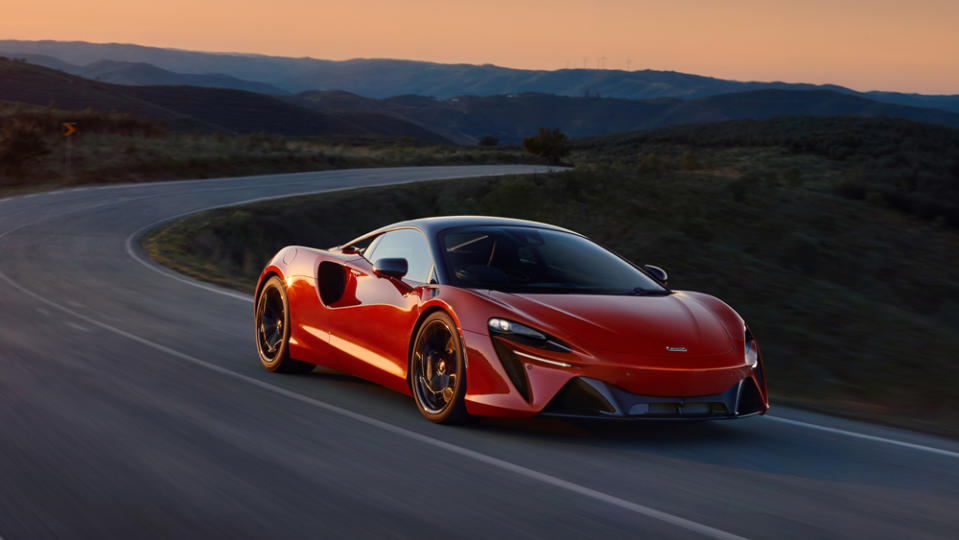
In your opinion, when it comes to power-train development, is electrification the solution or is there room for advancement elsewhere?
I think there is room, and I hope there is room. Today, the discussion is very much driven by regulation. Don’t get me wrong, regulation was always an important driver for innovation, but with two caveats: one, it has to be purpose-lead, and the other is that we can’t forget our customer. Aerodynamics and weight are the core ingredients for a supercar. Then there’s the emotionality. If you don’t have the sound and you don’t have the gearshift, you have to understand how to compensate for this. Most supercar manufacturers are small-volume manufacturers, so we have to ask how much energy and emissions have to be invested to create an EV, and how much do I have to use this vehicle to recover the emissions? These are really low-mileage and low-volume cars, so the rationale is totally different than with a high-volume car. I hope regulators will hear us, and there are positive signs. That doesn’t mean we don’t want to contribute. You will see that, in five years, far over 90 percent of our fleet will be hybrid.
Best of Robb Report
Sign up for Robb Report's Newsletter. For the latest news, follow us on Facebook, Twitter, and Instagram.

